Linear vs Exponential Mindset: From 10% to 10X
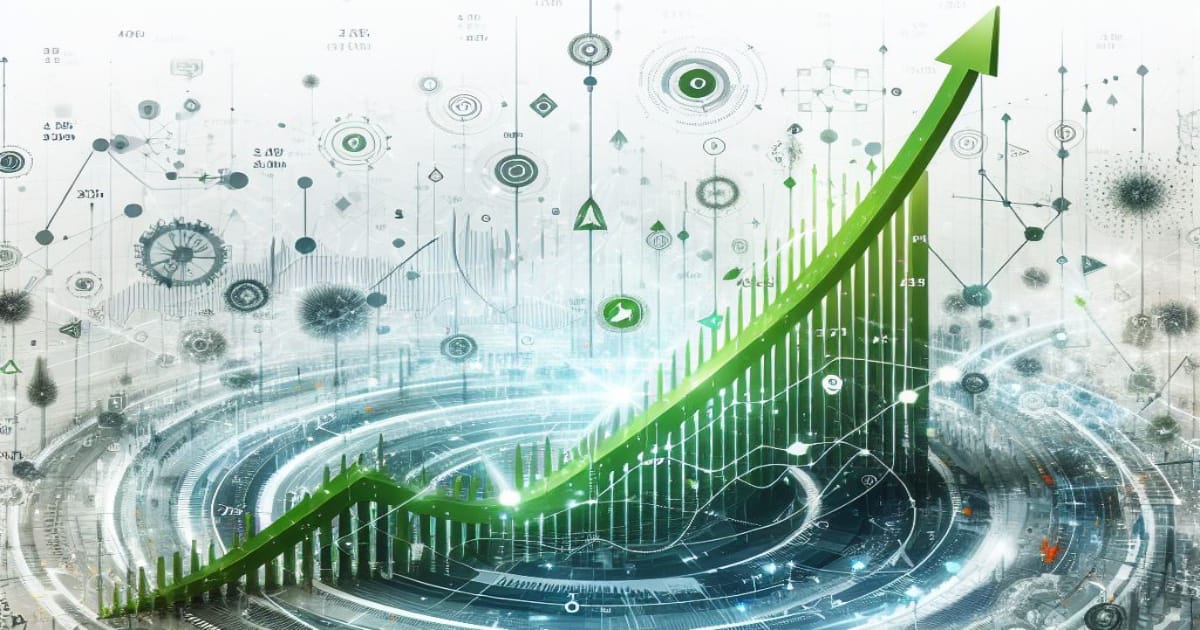
How we think greatly impacts our ability to innovate and succeed. Traditional thinking often leads to a linear mindset - aiming for incremental, predictable growth. But in today's complex world, the linear approach may fall short. The exponential mindset is about truly understanding exponential growth's immense power and leveraging it for groundbreaking success.
The difference is vast. Linear is steady step-by-step progress. Exponential aims to multiply outcomes from small efforts. This article explores these contrasting mindsets, their real-world impacts, and how adopting an exponential mindset unlocks new growth for individuals and organizations.
Linear Mindset: The Gradual Path

Definition and Characteristics
A linear mindset is characterized by a straightforward approach to growth and problem-solving, where outcomes are directly proportional to inputs. Individuals and organizations with a linear perspective expect consistent, incremental improvements over time, adhering to a path of gradual and predictable progress. This mindset is deeply rooted in traditional educational systems and business models, which emphasize stability, detailed planning, and controlled environments.
The core characteristics of a linear mindset include:
- Predictability: Expectations of steady, continuous progress without major fluctuations.
- Causality: A strong belief in cause and effect, where specific actions are expected to yield proportional and specific outcomes.
- Incrementalism: Focus on small, manageable improvements and avoidance of risk by scaling slowly and carefully.
Examples from History and Recent Times
Throughout history, many industries have exemplified linear thinking. For instance, the manufacturing sector traditionally relied on linear methods to increase production, such as adding more hours to the workday or incrementally improving assembly line speed. Similarly, in the realm of software development, the Waterfall model represents a linear approach where projects progress through a sequential series of phases, with each phase depending on the deliverables of the previous one.
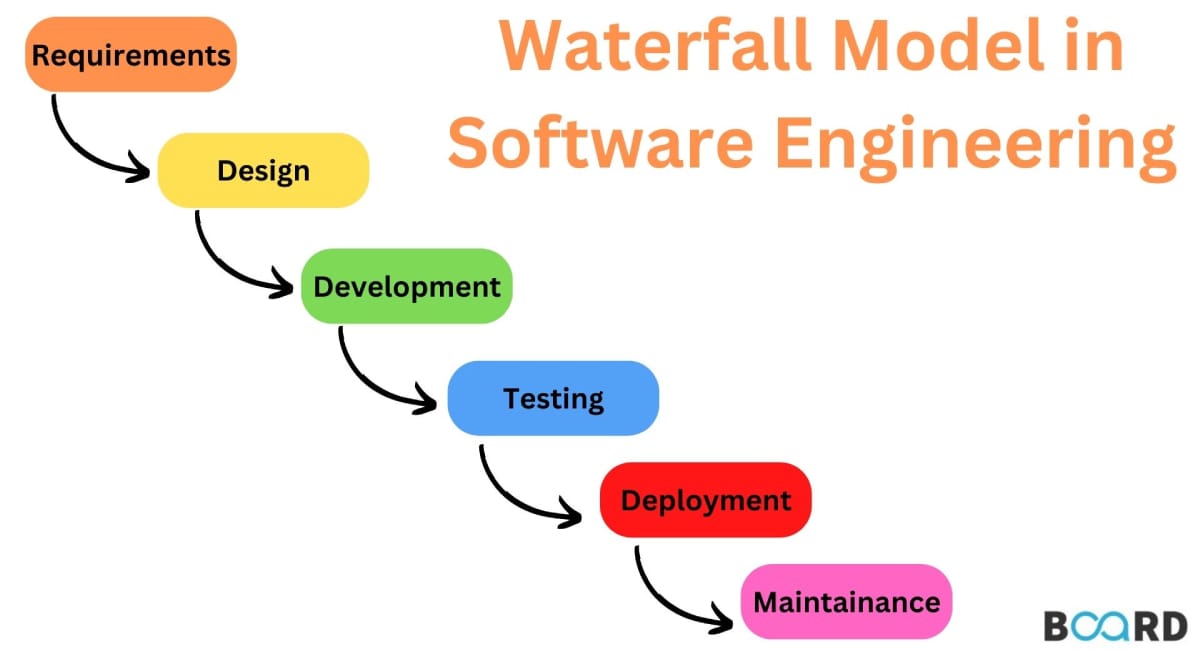
In recent times, many businesses still operate under this mindset, focusing on achieving 10% growth year-over-year, enhancing efficiency by a few percentage points, or increasing market share incrementally. This approach can be seen in companies that invest in slight improvements to existing products or services rather than seeking radical innovation.
Benefits and Limitations
Benefits:
- Stability and Control: A linear approach minimizes surprises, allowing for easier budgeting, staffing, and resource management.
- Easier to Measure and Manage: Incremental changes are simpler to monitor and adjust, making this approach appealing to industries and sectors where predictability is essential.
- Lower Risk: Small, calculated steps reduce the likelihood of significant failures.

Limitations:
- Limited Growth Potential: By focusing solely on incremental improvements, organizations may miss out on larger opportunities or fail to capitalize on transformative innovations.
- Vulnerability to Disruption: Linear thinking companies are often less adaptable to sudden changes in the market or technology, making them susceptible to being outpaced by more agile competitors.
- Inadequacy in Fast-Paced Sectors: In industries driven by rapid technological advances, a linear mindset may lead to obsolescence.
Exponential Mindset: The Quantum Leap

Definition and Characteristics
An exponential mindset diverges significantly from linear thinking by emphasizing rapid, massive growth as opposed to steady, incremental increases. This approach thrives on scalability, leveraging technology and innovation to multiply outcomes with relatively modest increases in inputs. It is typified by a belief in the potential for significant breakthroughs and transformative change, often through the application of new technologies or radical business models.
Key characteristics of an exponential mindset include:
- Scalability: Focus on strategies that allow for rapid scaling, often through the use of technology.
- Leverage: Utilization of tools, platforms, and networks that amplify efforts without corresponding increases in costs or resources.
- Network Effects: Emphasis on creating value that increases exponentially as more users or participants join the network.
Key Thinkers and Businesses
Visionaries like Peter Diamandis and Ray Kurzweil have popularized the concept of exponential thinking, particularly in the context of technological and social evolution. Companies like Google, Amazon, and Tesla are often cited as examples of organizations that embody this mindset. These companies do not just aim for a 10% improvement; they look for ways to make things 10 times better or faster, fundamentally transforming their industries in the process.
Google, for instance, didn’t just improve search engines; it revolutionized how information is organized and accessed, creating an array of interconnected services that benefit from massive network effects. Similarly, Tesla didn’t aim to incrementally improve the electric car; it sought to reinvent the entire automotive industry through innovations in battery technology and autonomous driving.
How Exponential Thinking Drives Innovation and Scalability
The adoption of exponential thinking is most evident in the tech industry, where the cost of key technologies, such as computing power and storage, has decreased exponentially while capability has increased. This has allowed for rapid advancements in fields like artificial intelligence, biotechnology, and renewable energy. The exponential mindset is crucial in these sectors because it aligns with the pace of technological change and the potential for disruptive innovation.

Exponential thinkers leverage these advancements not just to improve existing products and services, but to create entirely new categories of offerings that can disrupt markets and even entire industries. They embrace risks and are comfortable with high levels of uncertainty because they understand that in the technology-driven world, the rewards can be enormous.
Comparative Analysis

Let's take a look at the practical implications of adopting either a linear or an exponential mindset, focusing on their impact on decision-making, problem-solving, and overall strategic orientation. This comparison will not only highlight the differences but also underscore the potential consequences of choosing one approach over the other in various contexts.
Impact on Decision-Making
Linear Mindset:
- Risk Aversion: Decisions are often conservative, favoring tried and tested methods over novel solutions.
- Incremental Change: Decision-making is geared towards small, manageable steps that offer predictable outcomes.
- Long-term Planning: Emphasis on gradual improvements requires detailed, long-term planning and adherence to established timelines.
Exponential Mindset:
- Risk Tolerance: Decisions are bold, embracing uncertainty and potential failure as part of the journey towards high rewards.
- Radical Innovation: Choices are aimed at fundamentally changing or creating markets, not just improving existing products or services.
- Agility and Adaptation: Planning is flexible, with a readiness to pivot quickly in response to new information or emerging opportunities.
Impact on Problem-Solving
Linear Mindset:
- Systematic Approach: Problems are tackled methodically, with solutions that build on existing knowledge and techniques.
- Focus on Optimization: Problem-solving is often about making existing processes more efficient or slightly better.
- Detailed Analysis: Every decision is backed by comprehensive data analysis, often leading to slower response times.
Exponential Mindset:
- Holistic Thinking: Solutions are not just about addressing the problem but transforming the entire system.
- Leveraging Technology: Technology is used not just as a tool but as an integral component of problem-solving.
- Speed and Experimentation: Problems are addressed quickly, with a willingness to experiment and iterate based on results.
To illustrate these differences, consider the growth trajectories of companies like Kodak and Instagram. Kodak, with its linear approach, gradually improved photographic technology but failed to adapt to the digital revolution, leading to its decline. In contrast, Instagram embraced an exponential approach by leveraging social networks and smartphone technology, quickly growing to millions of users and dramatically altering the landscape of digital photography.

Case Studies

Let's examine several case studies that highlight the transition from a linear to an exponential mindset, exploring the strategies implemented and the outcomes achieved. These real-world examples will showcase how embracing exponential thinking can lead to significant business transformation and industry disruption.
Netflix: From DVD Rentals to Streaming Giant
Netflix began as a mail-order DVD rental service, a model that improved incrementally on traditional video rental stores. However, Netflix's adoption of an exponential mindset became evident when it pivoted to streaming services. Recognizing the potential of internet technology and changing consumer preferences, Netflix redefined entertainment consumption.
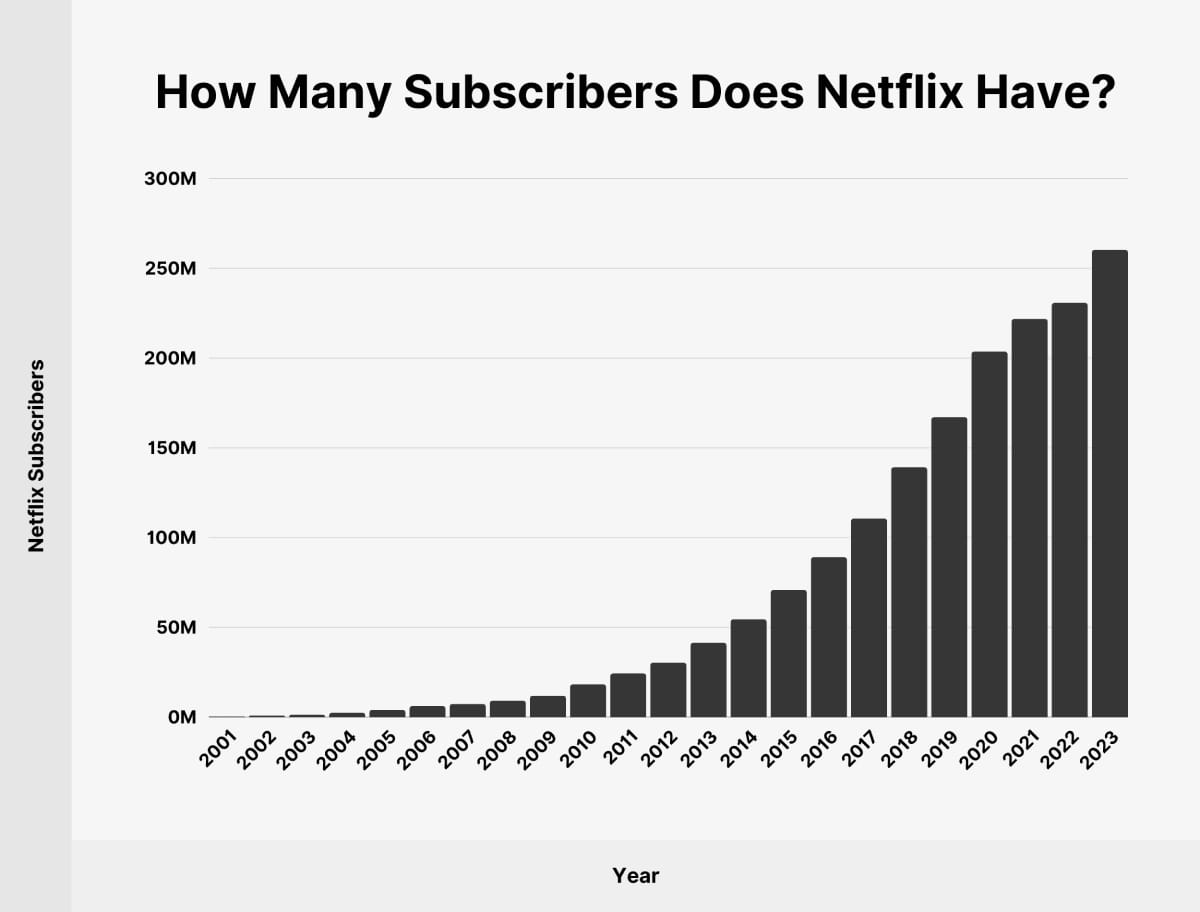
- Exponential Strategy: Leveraging broadband expansion and advancements in streaming technology to offer unlimited entertainment on demand.
- Outcome: Rapid growth in subscribers, significant disruption in the entertainment industry, and eventual domination as a leader in global streaming media.
Lessons Learned:
- The importance of preemptive transformation before industry changes dictate the need.
- The value of investing in technology and infrastructure that can scale quickly.
Amazon: From Online Bookstore to Global E-commerce and Cloud Computing
Amazon's journey from a simple online bookstore to a global e-commerce leader exemplifies exponential thinking. By continuously expanding its business model and integrating technology like AI and cloud computing, Amazon has transformed not just retail but also IT infrastructure.
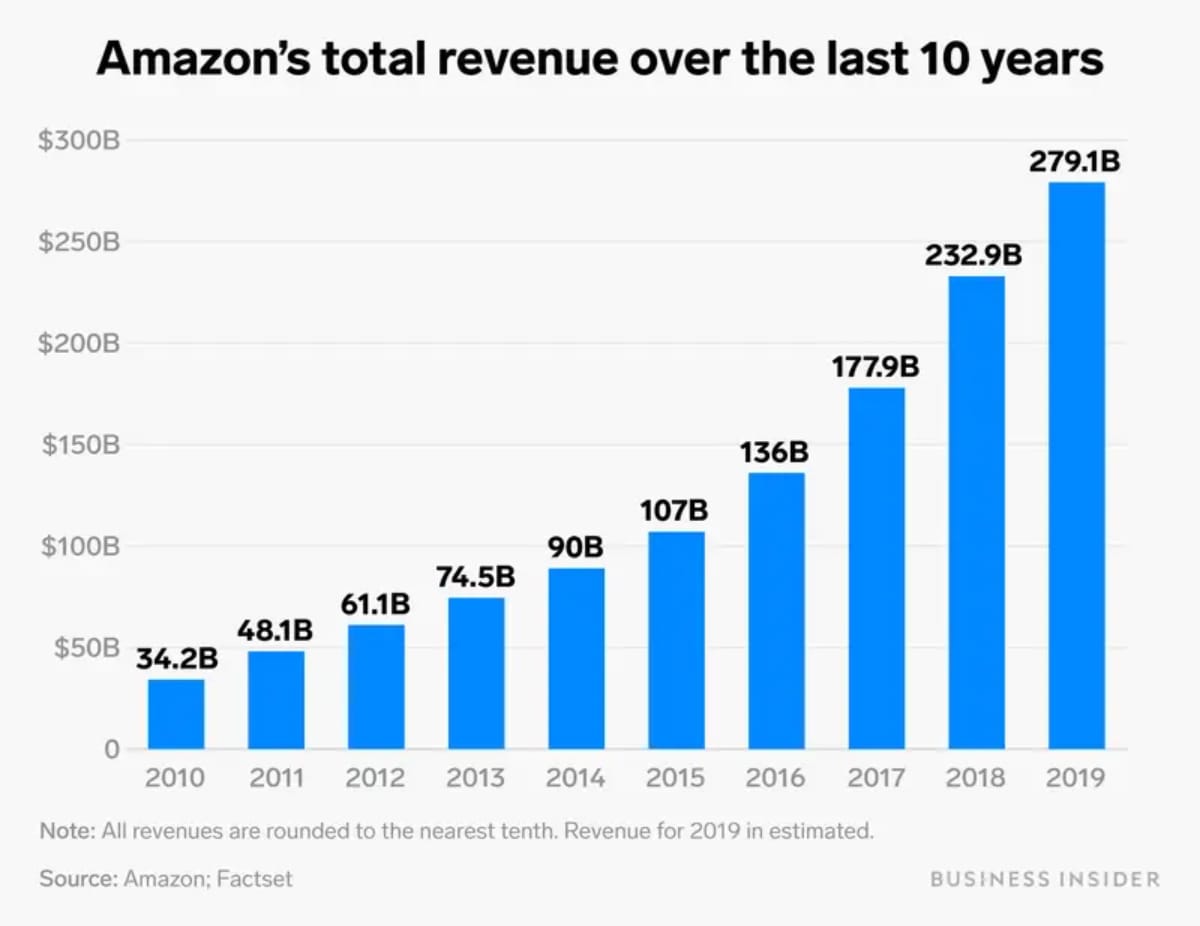
- Exponential Strategy: Expansion into diverse markets and development of Amazon Web Services (AWS) to capitalize on emerging cloud computing demand.
- Outcome: Amazon has become a powerhouse in both retail and technology sectors, influencing global market trends and consumer behaviors.
Lessons Learned:
- Diversification and technological integration can lead to new revenue streams and market leadership.
- Maintaining a customer-centric approach while scaling is crucial for sustained growth.
Tesla: Redefining the Automotive Industry
Tesla’s approach to the automotive industry has been anything but linear. Focusing on electric vehicles (EVs) and renewable energy solutions, Tesla has pursued a mission that seemed unrealistic to many traditional automakers.
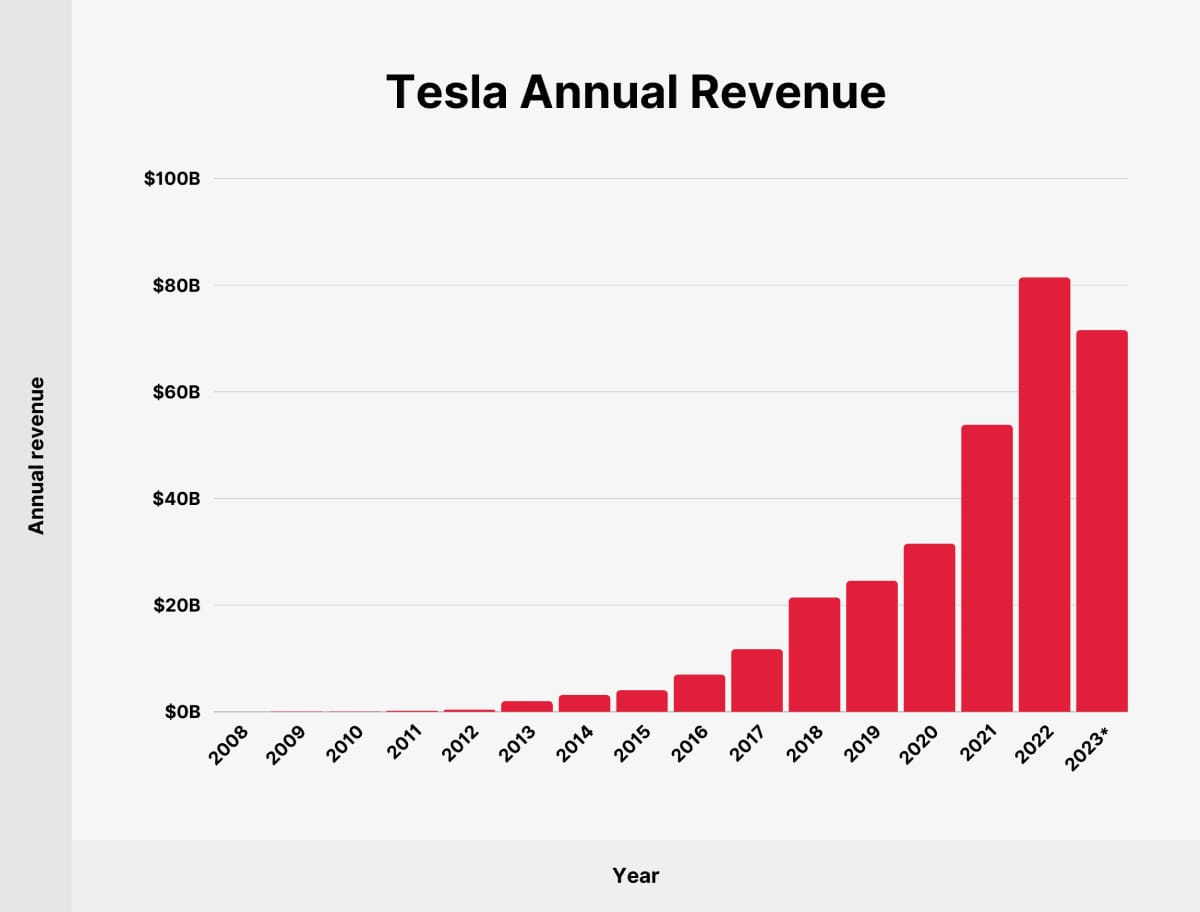
- Exponential Strategy: Innovation in battery technology and self-driving software, alongside a unique direct-to-consumer sales model.
- Outcome: Establishment of EVs as a mainstream choice, pushing the entire automotive industry toward electrification.
Lessons Learned:
- High-risk, high-reward strategies can pay off if there is a clear vision and commitment to innovation.
- Industry standards can be redefined through technology and consumer engagement.
Implementing Exponential Thinking

Adopting an exponential mindset involves more than just aspiring to achieve rapid growth; it requires concrete steps and strategies to cultivate such a mindset systematically. In this section, we will explore practical advice on how individuals and organizations can shift from linear to exponential thinking, highlighting tools and techniques that facilitate this transformation.
Practical Steps to Cultivate an Exponential Mindset
- Embrace Technology and Innovation:
- Stay abreast of the latest technological advancements and consider how they can be integrated into your business or personal projects.
- Encourage a culture of innovation within your organization, where new ideas are valued and experimentation is rewarded.
- Think in Terms of Scalability:
- Design products, services, and business models that can easily scale. This means thinking about how something can grow exponentially through network effects, automation, and efficient processes.
- Assess every decision based on its scalability potential, aiming for solutions that offer disproportionate growth opportunities.
- Adopt Agile Methodologies:
- Implement agile practices that allow for rapid iteration and responsiveness to change, rather than sticking to rigid plans and structures.
- Emphasize speed and flexibility in decision-making to capitalize on emerging opportunities and adapt to market shifts.
- Cultivate a Risk-Tolerant Culture:
- Create an environment where calculated risks are encouraged, and failures are seen as stepping stones to learning and improvement.
- Foster resilience by preparing to pivot or change strategies quickly in response to feedback or failure.
- Network and Collaborate:
- Build networks with other thinkers and organizations that embrace exponential mindsets. Collaboration can lead to synergies that amplify your efforts.
- Leverage collective intelligence through partnerships and collaborations to extend your capabilities and reach.
Tools and Techniques
- Exponential Organizations (ExOs): Study and apply principles from Salim Ismail’s concept of "Exponential Organizations", which outlines ten attributes of organizations that achieve exponential growth.
- Scenario Planning and Simulation: Use tools that simulate different business scenarios and outcomes based on various inputs, helping visualize potential exponential paths.
- Data Analytics and AI: Invest in data analytics capabilities and artificial intelligence to gather insights and automate decision-making processes, enhancing speed and efficiency.
Future Trends in Mindset Shifts Across Industries
As industries continue to evolve, the shift toward exponential thinking is becoming more pronounced. From biotechnology and renewable energy to education and healthcare, leaders are increasingly recognizing the need for radical innovation to address complex challenges. This trend is likely to accelerate as technologies such as AI, machine learning, and blockchain mature, further enabling businesses and individuals to leverage exponential growth strategies effectively.
Final Thoughts
The differences between linear and exponential mindsets are dramatic. Each approach offers unique advantages and challenges. The linear mindset provides stability and predictability, while the exponential mindset allows for potentially groundbreaking innovation and rapid growth. By truly understanding these mindsets and adopting exponential thinking strategies, individuals and organizations can position themselves to thrive in our increasingly fast-paced, complex world.
In conclusion, whether you lead a startup, manage a large corporation, or simply want to innovate in your personal life, embracing an exponential mindset can unlock immense potential and drive transformative change. This article outlined the fundamentals of each mindset, compared their real-world impacts, provided examples, and shared practical steps to shift from aiming for 10% improvements to pursuing 10X growth. Make this profound shift in your thinking, and you may redefine not just your own path, but entire industries and communities around you.
Key Takeaways
| Section | Key Takeaways |
|---|---|
| Linear Mindset | - Focuses on steady, small improvements. - Provides stability and control, but limits major growth opportunities. |
| Exponential Mindset | - Aims for rapid and massive growth. - Leverages innovation and technology for significant impact. |
| Comparative Analysis | - Linear mindset is cautious and methodical; exponential mindset is adaptable and embraces risks. - Exponential thinking pushes for transformative changes. |
| Case Studies | - Companies like Netflix, Amazon, and Tesla illustrate the successful shift from linear to exponential growth through innovative strategies. |
| Implementation Strategies | - Integrate technology, use agile approaches, and encourage a culture open to risks. - Employ tools like data analytics and AI to support decision-making. |
| Final Thoughts | - While linear thinking suits predictable scenarios, exponential thinking is key for breakthrough success. - Adopting an exponential mindset can lead to industry leadership and personal advancement. |





